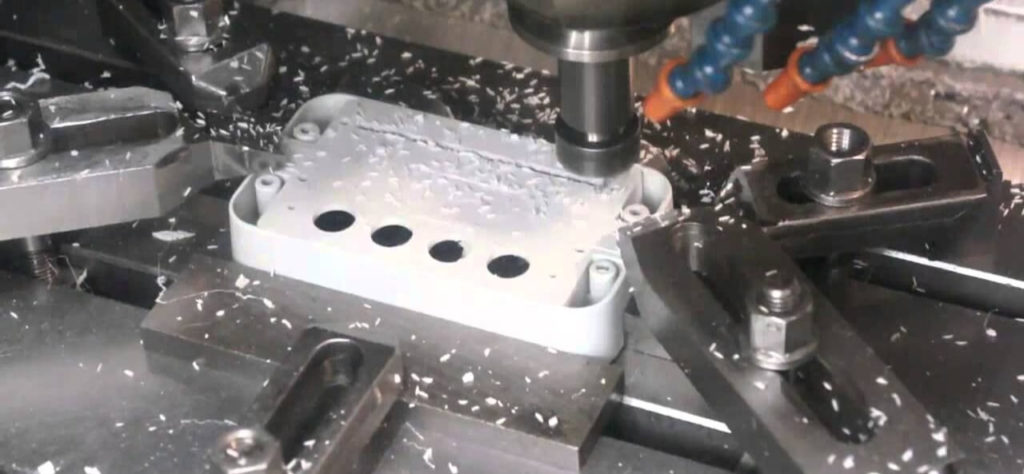Production line maintenance is one of the most challenging tasks for manufacturers. Usually, it needs to handle a limited supply of parts, and the cost of complex equipment is high. Therefore, most business owners hope to replace parts as little as possible! But in any production line, the consistent operation of machinery and components is crucial for maintaining productivity and meeting demand. Over time, the various parts of a production line—such as belts, bearings, gears, motors, and sensors—are subject to wear and tear, which can lead to breakdowns, reduced efficiency, and costly downtime.
To keep the production line running smoothly, it’s important to have a strategic approach to replacing these parts. But how often should production line parts be replaced? Let’s explore the factors that influence replacement frequency and some best practices for maintaining optimal performance.
Factors Influencing Replacement Frequency
- Operating Environment:
The conditions in which a production line operates greatly affect the longevity of its components. Harsh environments with high temperatures, humidity, dust, or chemical exposure can accelerate wear and necessitate more frequent replacement.
- Usage Intensity:
Parts that are in constant motion or bear heavy loads will wear out faster. High-speed operations or 24/7 production schedules increase the stress on components, reducing their lifespan.
- Material and Quality of Components:
The quality and type of materials used in production line components also determine how long they last. Higher-quality parts may have a higher upfront cost but often offer longer service life, reducing the need for frequent replacements.
- Maintenance Practices:
Regular maintenance can extend the life of production line parts. Proper lubrication, alignment, and calibration, as well as timely repairs of minor issues, can prevent premature wear and failure.
- Manufacturer Recommendations:
Equipment manufacturers typically provide guidelines on the expected lifespan of parts and recommended replacement intervals. Adhering to these recommendations can help maintain optimal performance and avoid unexpected breakdowns.

Best Practices for Replacing Production Line Parts
- Implement a Predictive Maintenance Program:
Predictive maintenance uses data from sensors and real-time monitoring to predict when a component is likely to fail. By analyzing vibration, temperature, and other operational parameters, predictive maintenance allows for the replacement of parts just before they fail, reducing downtime and avoiding unnecessary replacements.
- Schedule Regular Inspections:
Regular inspections are essential for identifying signs of wear or damage early. Visual checks, functional testing, and non-destructive testing methods can help detect issues before they lead to a breakdown. Based on inspection results, parts can be replaced proactively to avoid disruptions.
- Use Condition-Based Replacement:
Condition-based replacement focuses on replacing parts based on their actual condition rather than a fixed schedule. This approach ensures that parts are replaced only when necessary, maximizing their use while minimizing the risk of unexpected failures.
- Establish a Spare Parts Inventory:
Maintaining an inventory of critical spare parts allows for quick replacements when needed, minimizing production downtime. It’s important to strike a balance—holding too many spare parts can tie up capital, while too few can lead to delays in repairs.
- Review Historical Data:
Analyzing historical data on part failures and replacements can provide insights into patterns and help refine replacement schedules. By understanding which parts tend to fail and when, maintenance teams can adjust replacement intervals to optimize performance and cost-efficiency.
- Collaborate with Suppliers and Manufacturers:
Suppliers and manufacturers can offer valuable insights into the expected lifespan of parts and provide updates on improved components or materials. Staying informed about advancements in part design and materials can lead to longer-lasting solutions and better overall performance.
- Consider Upgrading Components:
If certain parts are consistently failing or wearing out quickly, it may be worth exploring upgraded components that offer better performance or durability. Investing in more robust parts can reduce the frequency of replacements and improve the overall reliability of the production line.
Conclusion
The optimal frequency for replacing parts of a production line depends on a variety of factors, including operating conditions, usage intensity, component quality, and maintenance practices. By implementing a strategic approach that includes predictive maintenance, regular inspections, and condition-based replacements, businesses can minimize downtime, reduce costs, and ensure that their production lines operate at peak efficiency. Staying proactive in part replacement not only helps maintain production continuity but also extends the lifespan of equipment and enhances the overall reliability of manufacturing operations.
At SANS Machining, we ensure that you can replace production line parts with peace of mind. We can manufacture almost any spare parts for your equipment using the latest technology based on your specifications and materials. At the same time, we can also reverse engineer your parts and develop detailed designs to produce them with the highest accuracy and efficiency, whether for short-term or large-scale production. In many cases, these parts are improvements over OEM provided parts, such as lower costs, more durable materials, etc.



